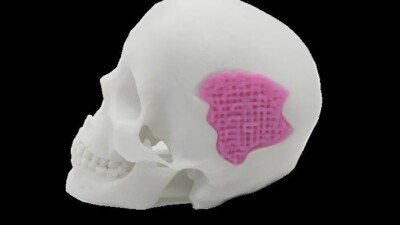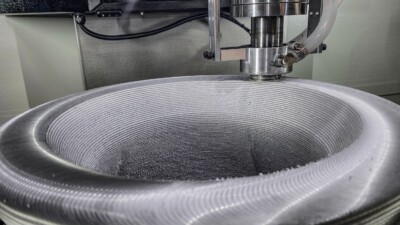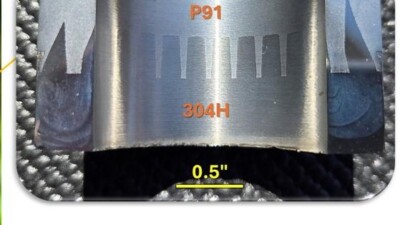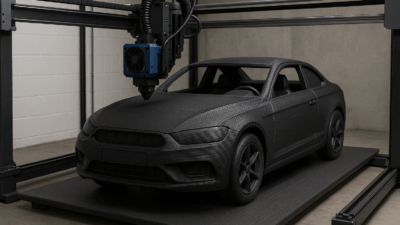3D printing partnerships and defense-grade desktops illustrate additive manufacturing’s surging growth in the defense sector.
If you managed to catch Tali Rosman’s webinar during our inaugural 3D Printing Week here at engineering.com, you would have heard all about how and why the defense sector is currently The Place To Be for the additive manufacturing (AM) industry.
(If you didn’t catch it, don’t worry! It’s still available on-demand.)
But you don’t have to take her word for it (or mine, for that matter); all you need to do is peruse a selection of the most recent announcements from some of the biggest players across the industry.
Nikon Advanced Manufacturing & the U.S. Navy Maritime Industrial Base
Earlier this week, Nikon Advanced Manufacturing announced a team-up with the U.S. Navy’s Maritime Industrial Base (MIB) Program, focusing on advancing additive manufacturing for naval applications. The upshot of this partnership is that the MIB Program is funding an NXG 600E laser powder bed fusion (L-PBF) system at the Nikon AM Technology Center in Long Beach, CA.
While the system will be operated by Nikon AM Synergy, the company’s engineering services subsidiary, it will be dedicated to developing technical data packages and producing critical components to support U.S. Navy shipbuilding and repair operations.
This news follows another announcement earlier this year that Nikon SLM Solutions would be collaborating with Allegheny Technologies Incorporated and Bechtel Plant Machinery on hypersonic and naval propulsion development.
UltiMaker introduces Secure Line
The growth of AM in defense is not limited to large-format metal systems. Even desktop material extrusion (MEX) is getting in on the action with the latest announcement from UltiMaker: the launch of a new Secure Line of desktop 3D printers specifically designed for defense and high-security applications.
Built to support land, sea, and air operations, the UltiMaker S6 Secure and UltiMaker S8 Secure included hardened security features, including factory-flashed, tamper-resistant firmware, encrypted and auditable file handing, and hardware-sealed components. In a rare move for modern desktop 3D printers, these machines are also built without cloud dependencies to eliminate any external attack surfaces. That means no Wi-Fi, no external cameras, and no third-party devices.
“With Secure Line, we give defense organizations something they have not had before: industrial 3D printers they can fully trust anywhere in the world,” said Arjen Dirks, UltiMaker’s CTO, in a press release. “We designed our Secure Line products with security built into every layer and to meet internationally recognized standards, combining reproducibility and long-term reliability in a form that guarantees tactical capability in defense environments.”
Velo3D & Linde supply domestic CuNi powder parts
On the materials side, bell-ringer and recently uplisted Velo3D recently signed an agreement with Linde AMT (formerly known as Praxair Surface Technologies) to supply domestically produced 70-30 Copper-Nickel (CuNi) powder in support of the U.S. Navy and MIB Program.
According the Velo3D, this will result in a fully domestic AM supply chain for producing corrosion-resistant CuNi components for naval systems. Potential naval applications for CuNi components produced on the Velo3D Sapphire XC large-format printer include shipboard piping, cooling systems, and structural components requiring resistance to seawater corrosion and biofouling.
This follows another recent defense-related announcement from Velo3D in the form of an agreement with the Class 3 weapons manufacturer, Ohio Ordinance Works. More recently, Velo3D also received a U.S. Navy contract to develop, qualify, and print CuNi components from the U.S. Navy using a dedicated Sapphire XC machine with Linde AMT’s CuNi powder. In a press release, the company claims this agreement will “support year-round production at no cost to participating Navy and MIB stakeholders.”
Expect more of these kinds announcements as the defense sector continues to allocate funds from its seemingly bottomless coffers to any and all willing and able companies in the AM industry.



